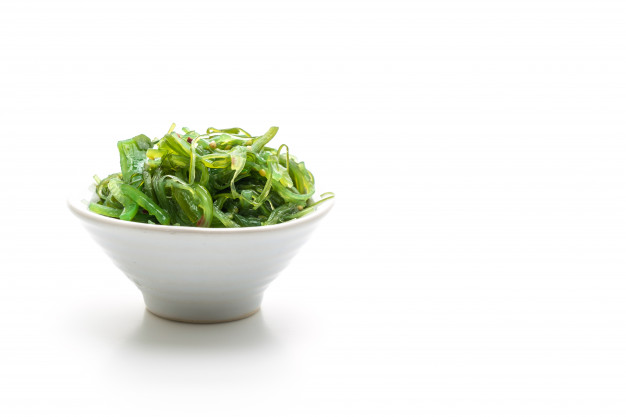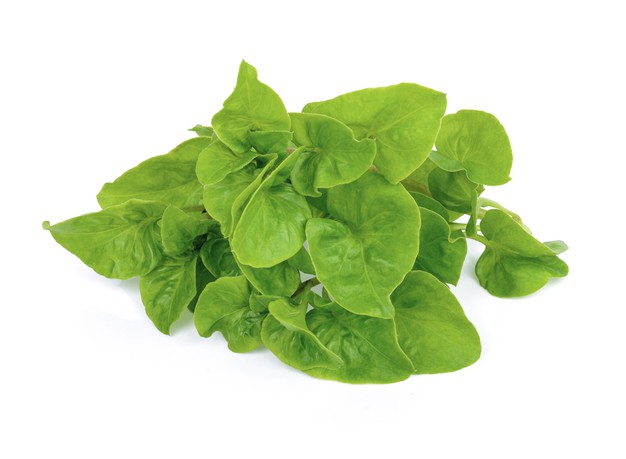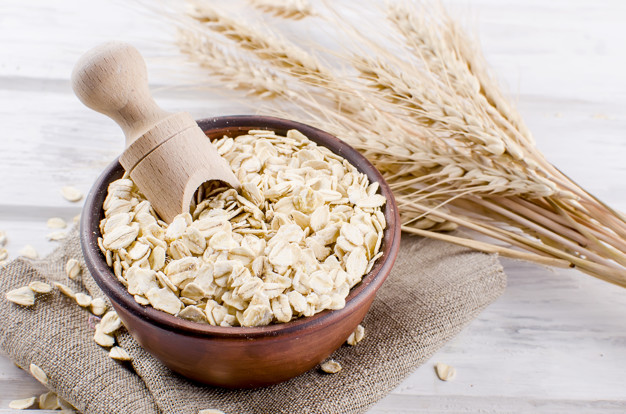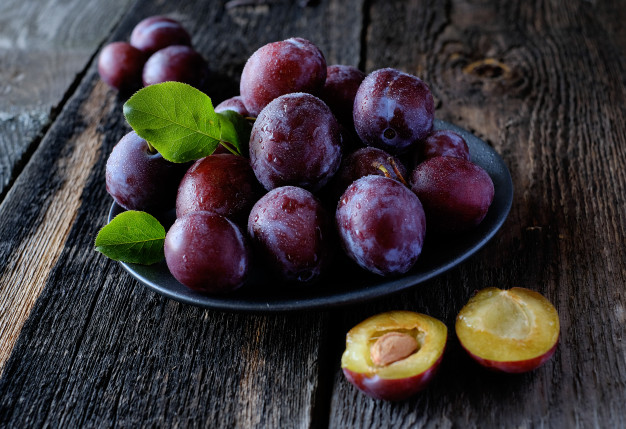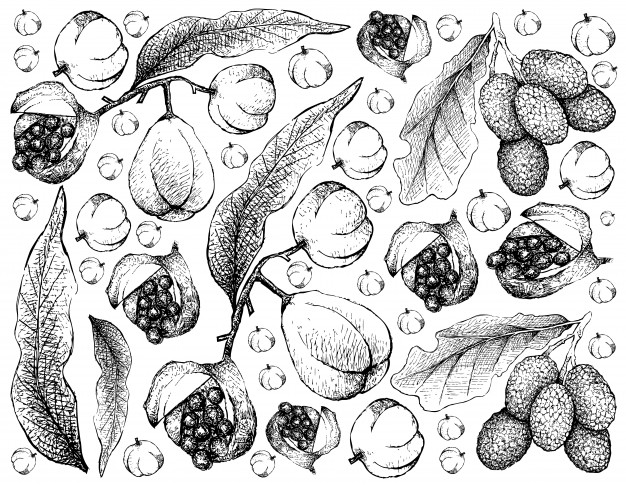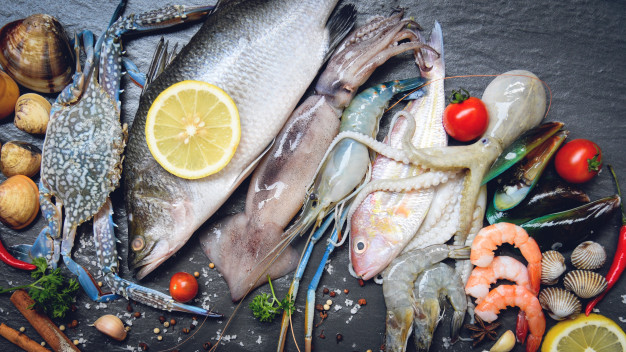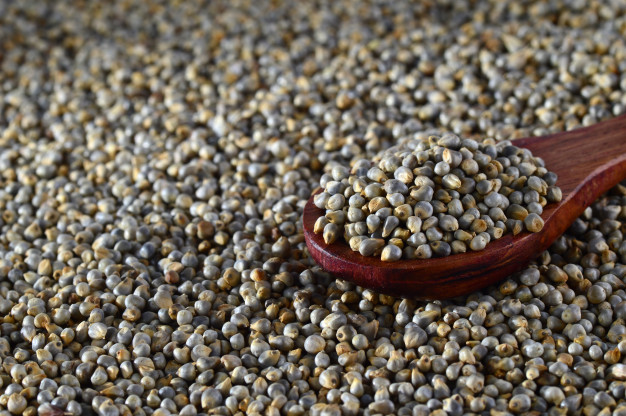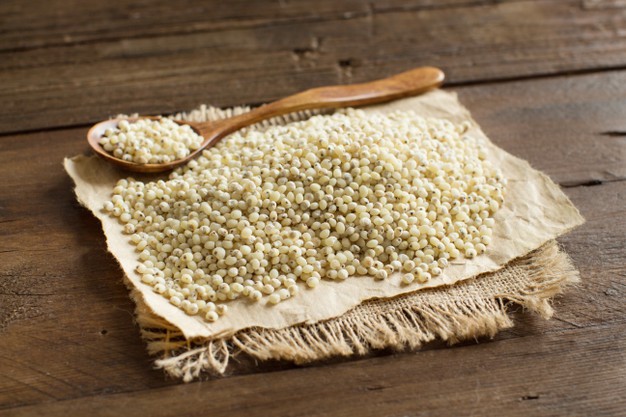Dulse is a nutritious red algae, mainly grows on the Northern coast of Atlantic and Pacific oceans. It is loaded with proteins, fibres, vitamins, minerals and antioxidant. It has been extensively used for various therapeutic purposes.
General information regarding Dulse
- It is one of the most nutritious sea weed, which has been used as an important food for centuries in several parts of the world
- It contains red pigments in its chloroplast, which helps it in photosynthesis
- It can be picked by hand easily from the shoreline
- It can be dried or chopped or fried or ground for several medicinal or culinary uses
- Japanese, Chinese and Europeans have been eating dulse for the past 2000 years. It has seen that this seaweed was prepared for kings as special gift too
- Farmers of Ireland and Iceland have extensively used dulse for garnishing their meals and this red garnish was associated with providing them lots of vitamins
- It has seen that ancient Greeks have used dulse for treating infections caused by parasitic worm
- Basically dulse has been consumed by a wide range of people for long times and individuals who want to find themselves wandering across the beach in Iceland should feel free to snack on the local dulse
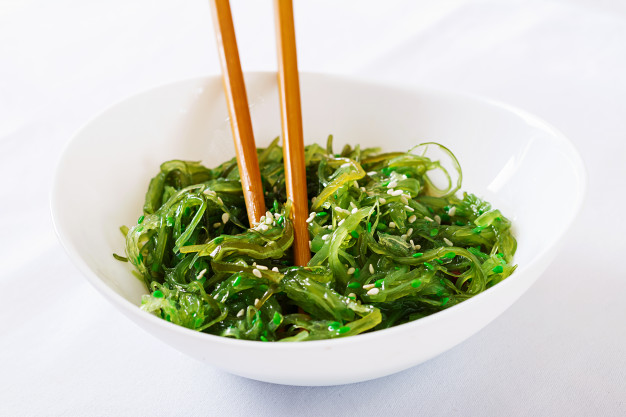

Forms
Dulse is found in various forms and thus can be used as a versatile ingredient for preparing various dishes. Below points will discuss about the various states of dulse found and their functions –
Fresh dulse – it has been extensively used for preparing snacks
Dulse flakes – it has been used for baking purposes
Dehydrated dulse – it has been used for preparing soups as well as stews
Dulse in capsule form – it has been widely used as a supplement
Dulse in powdered form – it has been used for preparing baked products and can also stirred in drinks
Nutritional profile
- It contains lesser amount of carbohydrates and significantly rich in fibre
- It contains desirable amount of protein and contains various important amino acids
- It contains too some extent of fat and mainly composed of unsaturated fatty acids thus it is considered as low fat healthy food. It contains omega-3-fatty acid as well as omega-6-fatty acid. It is totally free from cholesterol
- It contains several vitamins and significantly rich in Vitamin A, vitamin C and vitamin B12
- It also contains numerous imperative trace elements like calcium, phosphorus, iodine, iron, manganese, fluoride and potassium
 Health benefits
Health benefits
Role on immunity
- It helps to boost up the overall immunity of the body thus helps to improve body’s resistance power, which ultimately decreases the susceptibility of developing infectious diseases
- Its Vitamin C content is associated with synthesizing collagen, which is a connective tissue that helps to repair damages and also promotes growth
- Its Vitamin C component is also related with enhancing WBC count that ultimately helps to strengthen the defense mechanism of body
Role on skeletal system
- Dulse is packed with numerous minerals like calcium, phosphorus, iron, magnesium. All of these minerals play significant role in improving skeletal health
- It helps to improve bone mineral density
- These minerals are also associated with protecting joints and bone tissues, which help to make the bones stronger even in older age as well
- It is very effective for improving the symptoms of osteoporosis
Role on eye health
- Presence of high amount of Vitamin A in dulse makes it an imperative remedial measure for vision problems
- It acts as vision booster
- Vitamin A found in dulse also acts as antioxidant and helps to protect eye tissues and retina from free radical induced oxidative damages thus significantly decreases the prevalence of cataract and age related macular degeneration

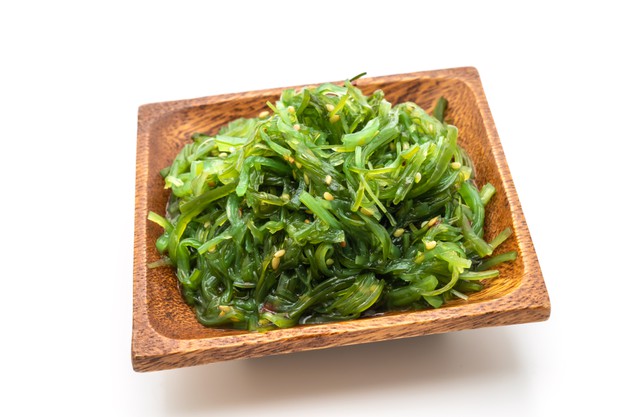
Role on nervous system
- Its B vitamins and unsaturated fatty acid contents are responsible for improving the health of brain
- It has seen that omega-3-fatty acid found in dulse plays vital role in improving the functionality of entire nervous system as well as the activity of brain thus its consumption is thought to be very effective for decreasing the risk of developing neurodegenerative disorders
Antioxidant activity
- Vitamins and minerals components of dulse act as potent antioxidant and help to protect the body from the harmful effects of free radicals and reactive oxygen species
- Its consumption is very much helpful for reducing the prevalence of chronic diseases as it helps to prevent oxidative damages
Disease preventive role of Dulse
Thyroid disorders
- Consumption of dulse is closely related with preventing thyroid disorders as it contains significant amount of iodine, which promotes thyroid functions
- Iodine plays imperative role in synthesizing thyroid hormones. It has seen that iodine binds with thyroglubulin, a protein present in thyroid gland and produces thyroid hormones thus helps to regulate the hormonal interaction within body
-
 Its consumption helps to keep the thyroid gland to behave normally
Its consumption helps to keep the thyroid gland to behave normally
Digestive disorders
- High fibre content of dulse is associated with promoting digestive health
- Incorporation of dulse in diet significantly improves regularity and prevents constipation
- It also helps to improve peristaltic movement thus improves colonic health and reduces the susceptibility of developing colonic cancer
- It helps to prevent gastrointestinal inflammation, cramping and bloating
Anemia
- Dulse is rich in iron thus its consumption is directly linked with enhancing the synthesis of hemoglobin
- It helps in improving blood circulation as well
- Consumption of dulse significantly improves the level of iron in blood that effectively staves off anemia
Cardiovascular disease
- Its fibre, trace elements and unsaturated fatty acid components are responsible for decreasing cardiac morbidity and mortality rates
- It helps to protect the heart from various oxidative damages and also improves cardiac functionality
- It helps to maintain heart beat as well
- It helps to decrease the risk of developing atherosclerosis, coronary artery disease, strokes, heart attacks and myocardial infraction
Hypertension
- Dulse contains significant amount of potassium, which acts as an important vasodilator thus plays significant role in preventing hypertension
- It also helps to repair the damages of blood vessels especially of arteries caused by high blood pressure

Culinary uses
- It can be consumed by its own or can also be cooked for preparing various dishes
- It can be used for preparing any baked items
- It can also used in smoothies
- It can be sprinkled over pizza or bread before baking
- It can be consumed with cooked potatoes
- It can be used for preparing sandwiches
- It can be added with soups or stews
- As it is salty in taste thus it can sprinkled over salad before consumption
- It can also used as flavoring agent
General consideration of using Dulse
- Dulse should be stored properly for preventing its contamination and spoilage because consumption of contaminated dulse is associated with developing food borne diseases
- It is better to keep fresh dulse or cooked dulse in refrigerator and it should be consumed within three days
- Powdered or dried dulse can be stored in a container with tight fitting lid
- It is better to keep dulse in dark and cool place
Risk factors
- Dulse is rich in potassium thus patients with renal disorders should avoid its consumption
- It also contains significant amount of iodine thus its over consumption is not safe as it may interfere with thyroid functions


Source:
Allsopp, P., Crowe, W., Bahar, B., Harnedy, P.A., Brown, E.S., Taylor, S.S., Smyth, T.J., Soler-Vila, A., Magee, P.J., Gill, C.I. and Strain, C.R., 2016. The effect of consuming Palmaria palmata-enriched bread on inflammatory markers, antioxidant status, lipid profile and thyroid function in a randomised placebo-controlled intervention trial in healthy adults. European journal of nutrition, 55(5), pp.1951-1962.
Alves, C., Silva, J., Freitas, R., Pinteus, S., Reboleira, J., Pedrosa, R. and Bernardino, S., 2019. Red algae. In Nonvitamin and Nonmineral Nutritional Supplements (pp. 375-382). Academic Press.
Elena, S., Sergey, B., Mikhail, S. and Alexey, G., 2018. Antimicrobial bio-components from red algae species: a review of application and health benefits. steroids, 16, p.17.
Lopes, D., Melo, T., Meneses, J., Abreu, M.H., Pereira, R., Domingues, P., Lillebø, A.I., Calado, R. and Domingues, M.R., 2019. A new look for the red macroalga Palmaria palmata: A seafood with polar lipids rich in EPA and with antioxidant properties. Marine drugs, 17(9), p.533.
Wijesekara, I., Pangestuti, R. and Kim, S.K., 2011. Biological activities and potential health benefits of sulfated polysaccharides derived from marine algae. Carbohydrate polymers, 84(1), pp.14-21.
Yuan, Y.V., Bone, D.E. and Carrington, M.F., 2005. Antioxidant activity of dulse (Palmaria palmata) extract evaluated in vitro. Food chemistry, 91(3), pp.485-494.
